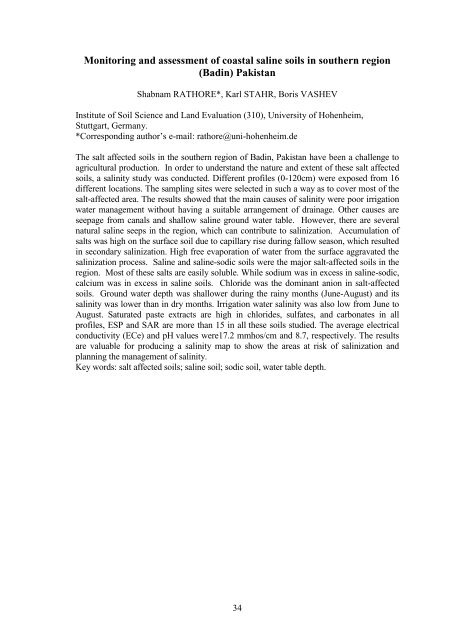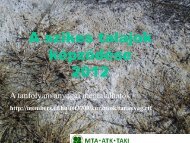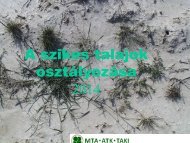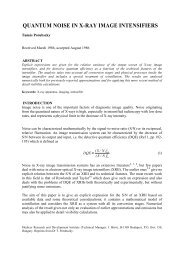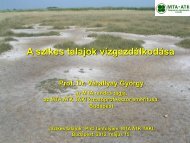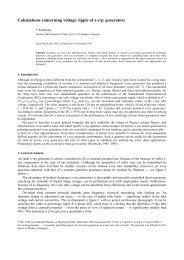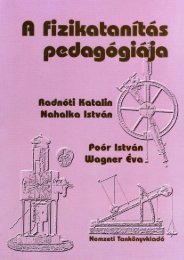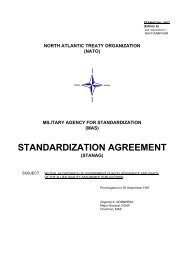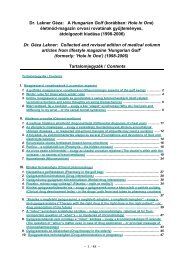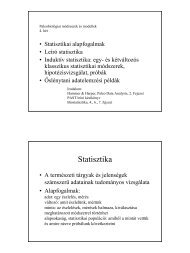Abstract form
Abstract form
Abstract form
You also want an ePaper? Increase the reach of your titles
YUMPU automatically turns print PDFs into web optimized ePapers that Google loves.
Monitoring and assessment of coastal saline soils in southern region<br />
(Badin) Pakistan<br />
Shabnam RATHORE*, Karl STAHR, Boris VASHEV<br />
Institute of Soil Science and Land Evaluation (310), University of Hohenheim,<br />
Stuttgart, Germany.<br />
*Corresponding author’s e-mail: rathore@uni-hohenheim.de<br />
The salt affected soils in the southern region of Badin, Pakistan have been a challenge to<br />
agricultural production. In order to understand the nature and extent of these salt affected<br />
soils, a salinity study was conducted. Different profiles (0-120cm) were exposed from 16<br />
different locations. The sampling sites were selected in such a way as to cover most of the<br />
salt-affected area. The results showed that the main causes of salinity were poor irrigation<br />
water management without having a suitable arrangement of drainage. Other causes are<br />
seepage from canals and shallow saline ground water table. However, there are several<br />
natural saline seeps in the region, which can contribute to salinization. Accumulation of<br />
salts was high on the surface soil due to capillary rise during fallow season, which resulted<br />
in secondary salinization. High free evaporation of water from the surface aggravated the<br />
salinization process. Saline and saline-sodic soils were the major salt-affected soils in the<br />
region. Most of these salts are easily soluble. While sodium was in excess in saline-sodic,<br />
calcium was in excess in saline soils. Chloride was the dominant anion in salt-affected<br />
soils. Ground water depth was shallower during the rainy months (June-August) and its<br />
salinity was lower than in dry months. Irrigation water salinity was also low from June to<br />
August. Saturated paste extracts are high in chlorides, sulfates, and carbonates in all<br />
profiles, ESP and SAR are more than 15 in all these soils studied. The average electrical<br />
conductivity (ECe) and pH values were17.2 mmhos/cm and 8.7, respectively. The results<br />
are valuable for producing a salinity map to show the areas at risk of salinization and<br />
planning the management of salinity.<br />
Key words: salt affected soils; saline soil; sodic soil, water table depth.<br />
34


